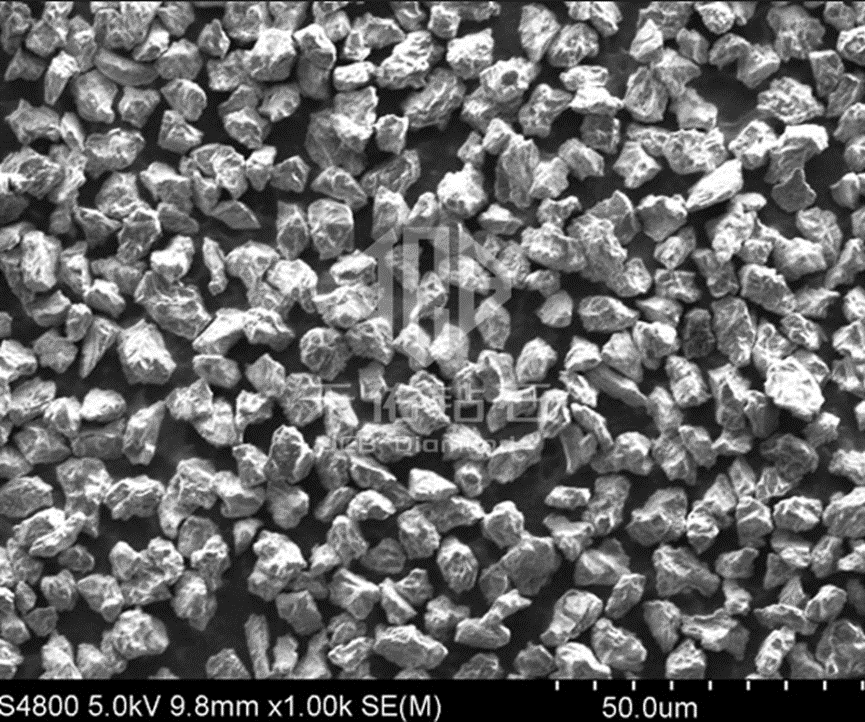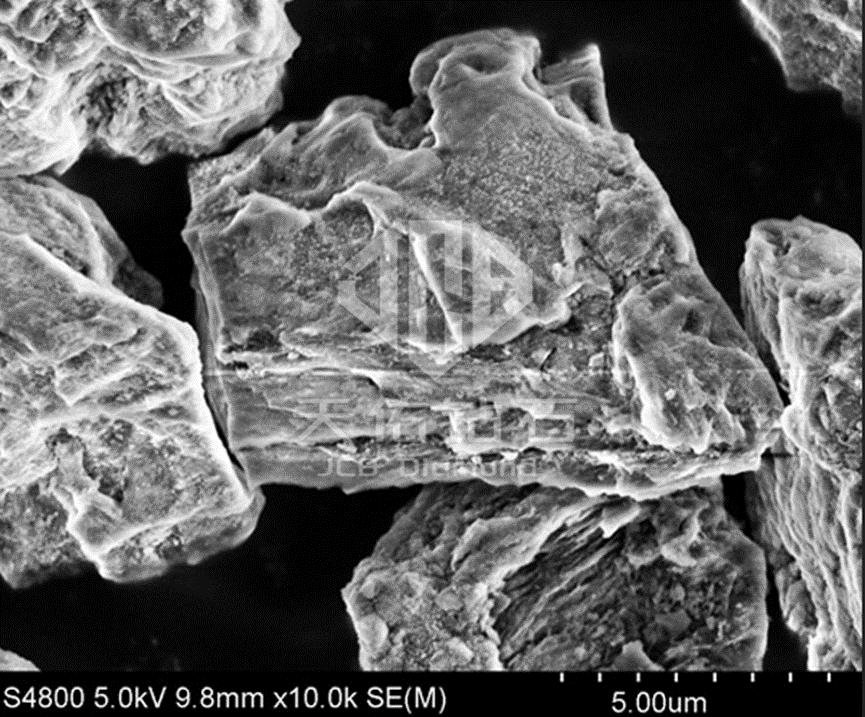Polycrystalline diamond powder and single crystal diamond powder have the following differences:
Structural characteristics
• Polycrystalline diamond powder: It is composed of many tiny nano-scale particles. The crystal structure of these small particles is similar to that of single crystal diamond, but the arrangement is disordered, the orientation is inconsistent, the particles are bonded by unsaturated bonds, there are obvious grain boundaries, the crystal structure is uneven, and there are relatively more defects35.
• Single crystal diamond powder: It has a highly regular and nearly perfect crystal structure. The carbon atoms are arranged in a strict and orderly three-dimensional periodic arrangement, and the lattice is complete and coherent. The entire crystal germinates from a single crystal nucleus and grows steadily in a specific crystallographic direction without being disturbed by grain boundaries throughout the process.
Physical properties
• Hardness and wear resistance: The hardness of polycrystalline diamond powder is slightly lower than that of single crystal diamond powder, but it still has excellent wear resistance. Single crystal diamond powder is one of the hardest substances in nature, with a Mohs hardness of 10 and extremely high wear resistance.
• Thermal conductivity and thermal stability: The thermal conductivity of polycrystalline diamond powder is reduced due to grain boundary scattering, but it can be controlled within a specific temperature range. The thermal conductivity of single-crystal diamond powder is as high as 2000W/(m・K) at room temperature, and it can maintain stable physical and chemical properties under high temperature and high pressure.
• Optical properties: The optical uniformity of polycrystalline diamond powder is limited due to grain boundary scattering. Single-crystal diamond powder has a high optical refractive index, an extremely low absorption coefficient, and extremely low loss when light penetrates. It has excellent optical properties after polishing.

Preparation process
• Polycrystalline diamond powder: Commonly used methods include directional blasting, direct conversion, and CVD. The direct conversion method is to mix graphite powder with a metal binder, and then sinter it at high temperature and high pressure for a short time to quickly convert graphite into polycrystalline diamond. The CVD method is to adjust the deposition gas pressure, temperature, gas flow rate and other parameters to promote the generation and growth of a large number of crystal nuclei.
• Single crystal diamond powder: The main preparation methods are high temperature and high pressure method (HTHP) and chemical vapor deposition method (CVD). The high temperature and high pressure method is to rearrange the carbon atoms in the graphite raw material to form single crystal diamond under the action of high temperature (1200-2000℃), high pressure (5-6GPa) and metal catalyst. Chemical vapor deposition method is to use plasma, hot wire, etc. to activate carbon-containing gas in a low-pressure and high-temperature chamber, so that carbon atoms are deposited layer by layer on the substrate to grow single crystal diamond.
Application field
• Polycrystalline diamond powder: Mainly used in the fields of ultra-fine processing of chip optical crystals, ultra-fine polishing of large silicon wafers, surface modification, etc., and widely used in the fine grinding and polishing of hard and brittle materials such as sapphire wafers, silicon carbide wafers, and functional ceramics.
• Single crystal diamond powder: Suitable for the manufacture of electroplating products, grinding wheels, grinding wheels, used for polishing, engraving, automotive glass, high-end furniture, ceramics, cemented carbide, magnetic materials, etc. of high-grade stone, and can also be used as semiconductor substrate materials and for the manufacture of high-precision optical components.
Product cost
• Polycrystalline diamond powder: Limited by synthesis conditions, there are fewer manufacturers, the product cost is high, and the particle size that can be provided in batches is usually no more than 10 microns.
• Single crystal diamond powder: The output is relatively large, the production technology is relatively mature, the supply in the market is relatively sufficient, and the cost is relatively low
